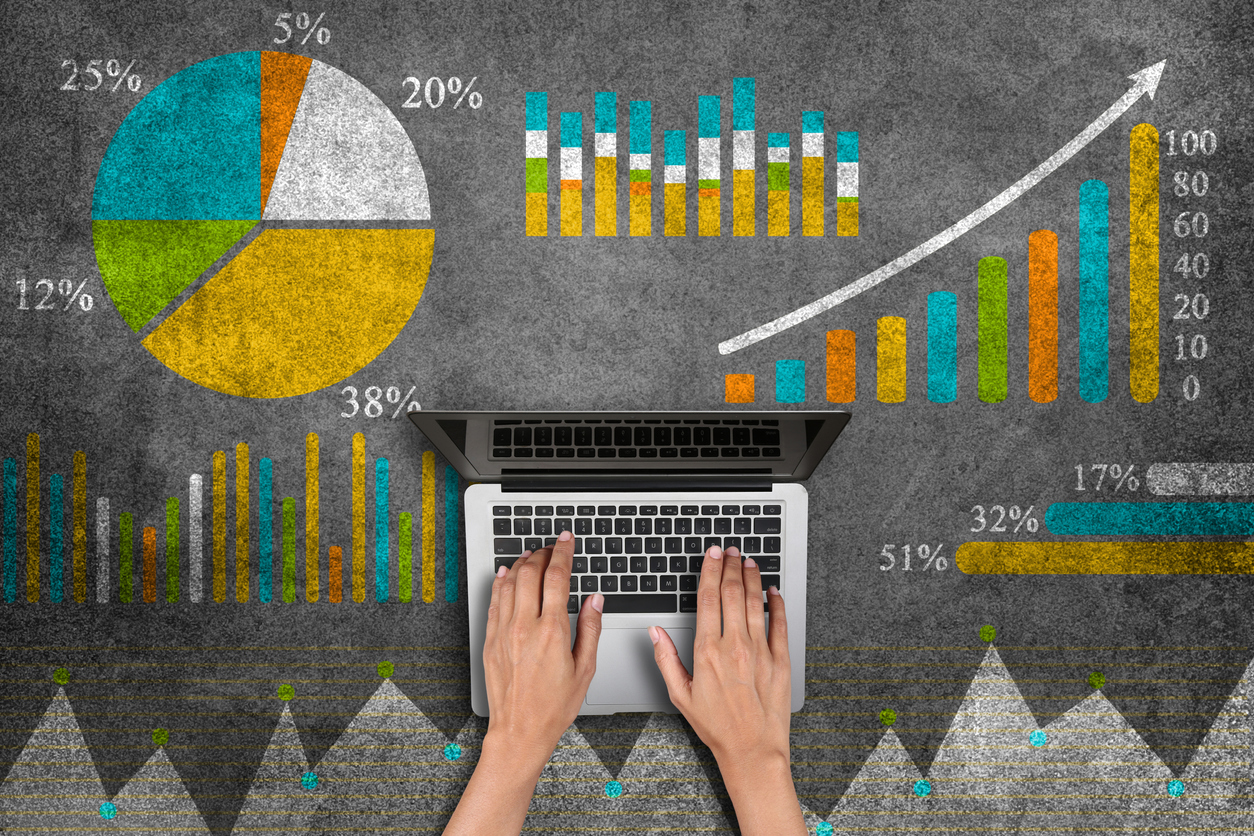The case for Social Recognition: Based on Gartner research report
As recent research by Gartner reveals, social recognition platforms are being used by increasing numbers of businesses. After years of struggling with employee recognition and engagement, HR practitioners are witnessing the success of social recognition platforms; as a result, their adoption continues to rise.
The Gartner research also highlights that in addition to the core benefit of improved recognition it’s clear there are other benefits associated with low hierarchy recognition models. The report highlights several areas of interest including an increase in the fluidity of communications; not only top down but from peer to peer. Social recognition is helping address the organisational barriers that poor communication has created in the past and is providing a quality and regularity of feedback that’s been almost impossible to achieve previously.
As a consequence, social recognition platforms are facilitating teamwork: Especially valuable when teamwork is needed between people who do not always work together. Whether it’s employees working on the same project at different sites or a geographically spread out department, the ongoing capacity for conversation and appreciation via the platform helps cement relationships that otherwise would be harder to sustain.
The Social Evolution of Company Culture
Socially recognising one another’s behaviours and offering thanks and appreciation clearly has value in the moment but the cumulative impact is significant. This constant reinforcement of specific behaviours slowly builds to feed and shape the company culture around its longer-term goals. Major company announcements heralding a cultural change of direction followed by months of struggling to ‘bring in the new approach’ become obsolete. Social recognition platforms help to gradually mould the culture and reinforce values. The ongoing recognition highlights where the best practices are and amplifies them around the company and provides sustained encouragement and motivation to repeat those behaviours.
Integration and Insights
These platforms are exerting a direct influence in driving change and improving effectiveness. Gartner refers to its Integrated Total Rewards Model, which demonstrates how recognition practices are key levers in both direct and indirect financial rewards strategies. However, it goes beyond that and illustrates how they also potentially shape development and career rewards as well as work experience rewards such as work/life balance.
ER platforms also help companies achieve greater consolidation and standardisation of policies and reward budgets, which may previously have been administered in a variable fashion. The outcome? Far better visibility of recognition and rewards activities across a company. That, in turn, gives companies the potential to leverage economies of scale when buying rewards.
Analytics and reporting from social recognition platforms also give you other insights into the business. What does the overall health of your organisation look like? Whereabouts in the business are employees highly engaged?
Check out this old school social recognition video from us on the topic:
Are there parts of the organisation where danger signs are being flagged up? Low usage of the platform (when it’s being used elsewhere with no issues) could suggest an engagement issue. Even examining employee comments within the system can give significant and ongoing insights into the real picture of what is going on where – far more than the traditional annual employee engagement study ever could.
There’s even scope for improvements in health and safety via recognition platforms. Ideas scribbled on post-it notes as reminders to send them to the suggestion scheme then promptly lost are now captured and passed on in the moment. Desirable health and safety behaviours can be recognised, rewarded, and sustained.
Quite simply, the potential applications for social recognition platforms are exciting and going beyond many people’s initial expectations. Platforms that can support joined-up HR approaches offer massive possibilities to businesses. It’s now down to HR practitioners to create the strategies that will harness and maximise this potential.


 30 ideas to help a new starter in their first week
30 ideas to help a new starter in their first week
 The value of external feedback in the workplace
The value of external feedback in the workplace
 Expand the power of recognition with Partner Appreciation
Expand the power of recognition with Partner Appreciation